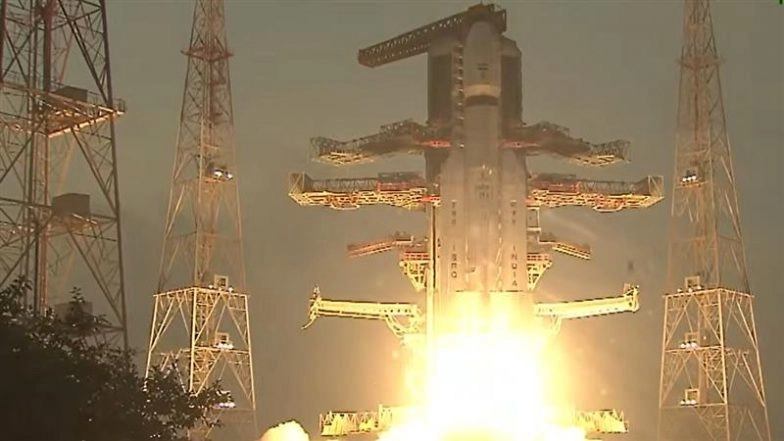Key Takeaways
- India’s first human spaceflight, Gaganyaan, is expected in late 2025.
- An unmanned test flight is scheduled by the end of this year.
- The announcement follows the successful launch of a 4,400-kg communication satellite.
- ISRO has established itself as a global leader in cost-effective space exploration.
India is preparing for its most ambitious space mission yet, with the nation’s first human spaceflight, Gaganyaan, expected to launch in late 2025. This historic milestone was announced following the successful deployment of a 4,400-kg communication satellite, one of the heaviest India has ever placed into orbit.
India’s Growing Space Capabilities
Building on decades of innovation since the 1975 launch of Aryabhata, the Indian Space Research Organisation (ISRO) has solidified its position among the world’s leading space agencies. The organization has developed a diverse satellite fleet and demonstrated robust launch capabilities through vehicles like the PSLV, GSLV, and LVM3.
The upcoming Small Satellite Launch Vehicle (SSLV) is poised to strengthen India’s presence in the global small-satellite market. ISRO’s impressive track record includes launching 354 foreign satellites from 34 countries and setting a world record by deploying 104 satellites in a single mission in 2017.
Historic Moon and Mars Missions
India’s space credentials received global recognition after Chandrayaan-3’s historic landing near the Moon’s south pole in 2023—a feat no other nation has accomplished. The mission, which cost just $75 million, earned praise from space agencies worldwide, including NASA and the European Space Agency.
ISRO’s cost-effective approach was earlier demonstrated by the Mars Orbiter Mission (Mangalyaan), launched at $74 million. This made India the first Asian nation to reach Martian orbit and the first worldwide to succeed on its maiden attempt. The mission, initially planned for six months, provided scientific data for eight years.
Solar Science Advancements
With the Aditya-L1 mission, India achieved another significant milestone in solar science. The $46 million mission positioned a space observatory in a halo orbit around Lagrange Point 1, enabling continuous, uninterrupted observation of the Sun.
International Recognition for Gaganyaan
The Gaganyaan mission has attracted international attention, with French astronaut Thomas Pesquet describing it as “extremely impressive.” Pesquet expressed hope to fly with an Indian astronaut in the future.
With each accomplishment, India continues to establish itself as a pioneer in affordable, advanced space exploration, inspiring developing nations and transforming the global space landscape.




